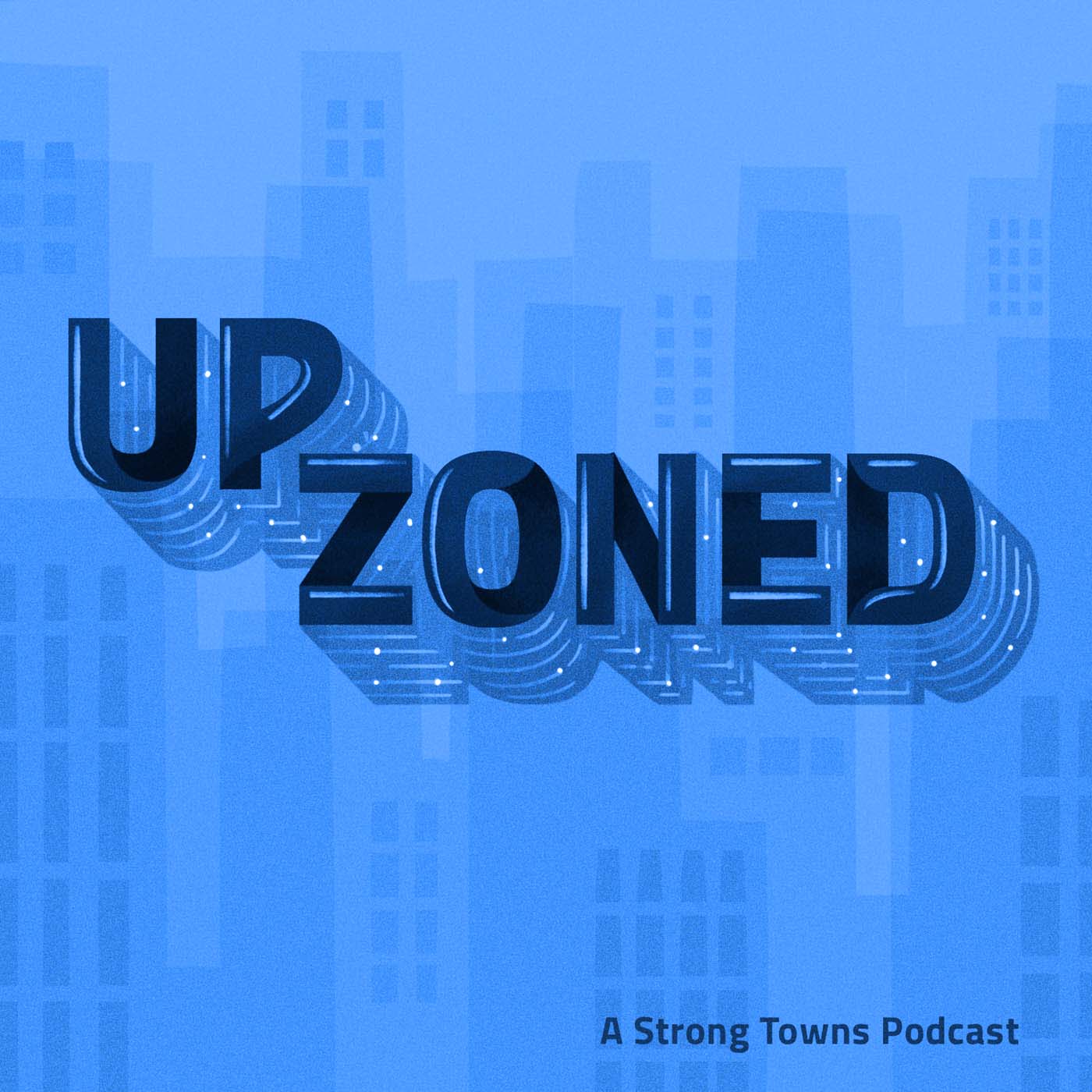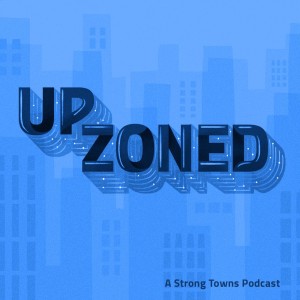
Sometimes, a hot new story will cross our desks that we need to talk about right away. That's where Upzoned comes in. Join Multistudio's Abby Newsham, Strong Towns President Chuck Marohn, and other guests to talk in depth about one big story from the week in the Strong Towns conversation, right when you want it: now.
Episodes

Wednesday Mar 03, 2021
How Christchurch, New Zealand became a lesson in how NOT to rebuild after a disaster
Wednesday Mar 03, 2021
Wednesday Mar 03, 2021
On February 22, 2011, a magnitude 6.3 earthquake struck near Christchurch, New Zealand, killing 185 people. Writing in Slate last month, James Dann said that the quake’s impact on the built environment of Christchurch, a city built on drained swampland, was unprecedented. “More than 1,200 buildings inside the central four avenues were destroyed by the quake or by demolition crews in the years after.” He continued:
In the suburbs, a process called liquefaction was just as devastating. As the ground shook, water and sand squeezed up through the soil to the surface, leaving the soil to subside into the space the water had vacated. Houses slumped, and roads folded inward like the icing on a failing chocolate cake. In the hardest-hit eastern suburbs, the government eventually bought out and demolished about 6,500 houses, upending countless families.
In his article—“The Last City of the 20th Century”—Dann describes not only the catastrophe of the earthquake itself but also the catastrophic missteps of local and national leaders in rebuilding Christchurch. In the months after the earthquake, there was a huge amount of public input—10,000 people with 100,000 ideas, literally—on how the city should move forward. Yet the national government rejected the community-generated, bottom-up proposal; it went instead with a top-down plan (created behind closed doors) called “the Blueprint.” The results will be sadly familiar to North American readers: Expensive and risky megaprojects, restrictive zoning, clustering activities into “precincts” (there’s even a Justice and Emergency Services Precinct), limiting the number of developers who can be involved, a focus less on current residents and more on luring tourists and out-of-town businesses—all couched in familiar buzzwords like “innovation” and “livability.” Dann concludes that the Blueprint plan “fundamentally misunderstood the organic, spontaneous nature of cities. Places evolve because of the people who live and work in them.”
Dann’s article and the Christchurch rebuild are the topics of this week’s episode of Upzoned, with host Abby Kinney, an urban planner in Kansas City, and regular co-host Chuck Maroh, the founder and president of Strong Towns. Abby and Chuck talk about how Christchurch has become an object lesson in how not to rebuild after disaster, why great places aren’t manifestations of big projects, and about the Robert Moses theory-of-change that leads to top-down plans like the Blueprint in Christchurch...and to similar plans across North America. Chuck also reflects on meeting people from New Zealand at CNU and other gatherings in the years immediately after the earthquake...and how he watched those New Zealanders grow increasingly frustrated at the government’s handling of the rebuild.
Then, in what must be one of the most unusual Downzones ever, Chuck recommends a book by a Harvard scientist about the search for extraterrestrial life. And Abby talks about a book she’s reading with the subtitle “Charles Manson, the CIA, and the Secret History of the Sixties.” We won’t blame you if the Downzone makes you want to go rewatch The X-Files.
The truth is out there.
Additional Show Notes
- “The Last City of the 20th Century,” by James Dann
- Abby Kinney (Twitter)
- Charles Marohn (Twitter)
- Gould Evans Studio for City Design
- Theme Music by Kemet the Phantom (Soundcloud)
- Strong Towns content related to this episode:

No comments yet. Be the first to say something!